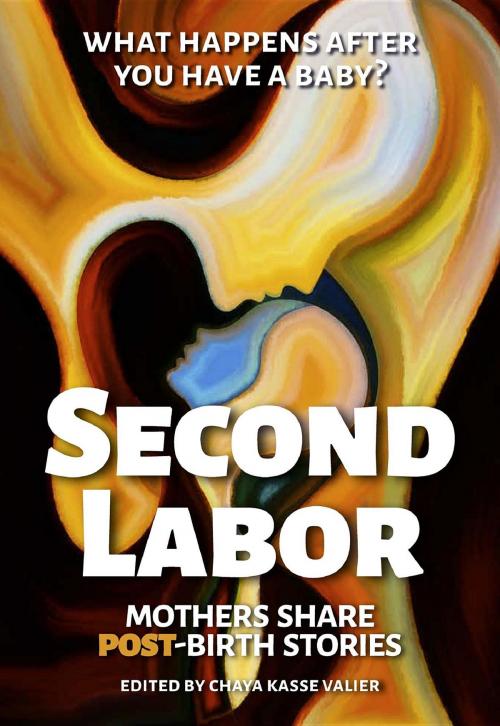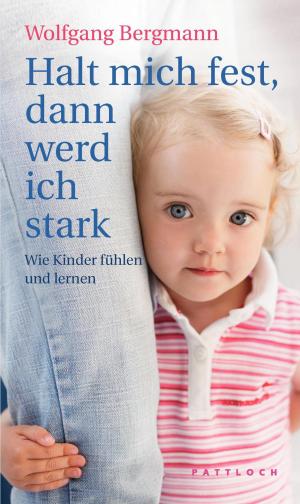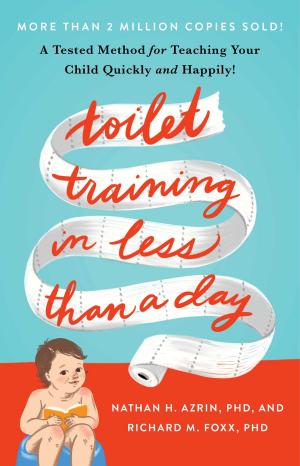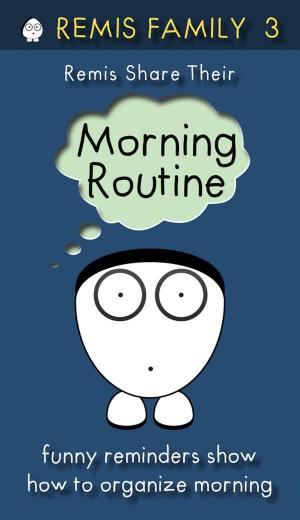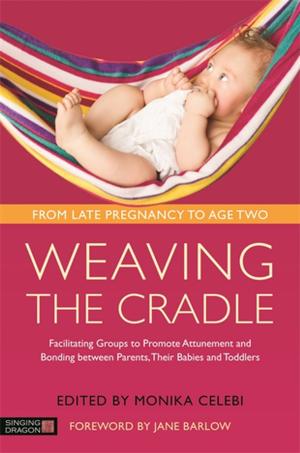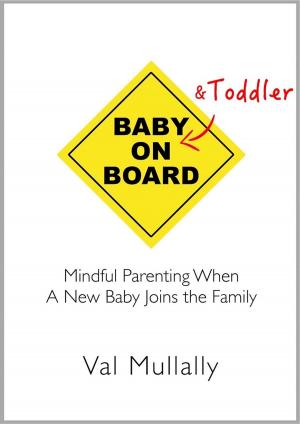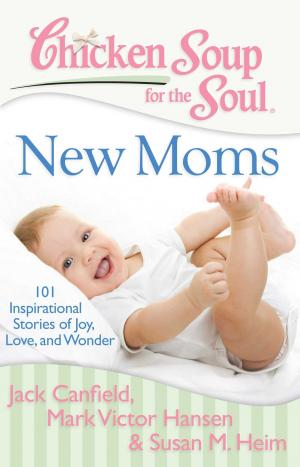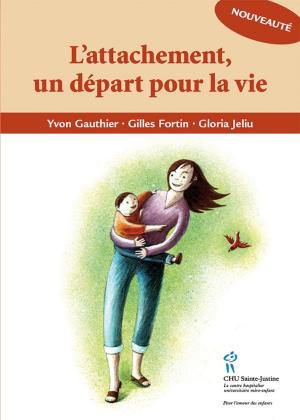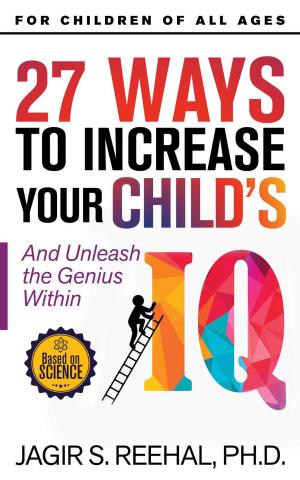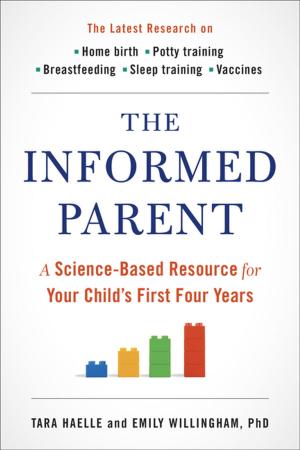SECOND LABOR
Mothers Share POST-Birth Stories
Nonfiction, Family & Relationships, Babies & Toddlers, Baby Names, Parenting, Fatherhood, Infants & Toddlers| Author: | ISBN: | 9780998855110 | |
| Publisher: | Chaya Kasse Valier | Publication: | August 13, 2017 |
| Imprint: | Chaya Kasse Valier | Language: | English |
| Author: | |
| ISBN: | 9780998855110 |
| Publisher: | Chaya Kasse Valier |
| Publication: | August 13, 2017 |
| Imprint: | Chaya Kasse Valier |
| Language: | English |
THERE IS ALWAYS A POST-BIRTH STORY.
Everyone asks about your birth story, but what about after that? The postpartum period – the time frame after giving birth - can affect mothers and families as much as the birth itself, if not more.
Second Labor features twenty-four mothers’ unique, personal experiences after having a baby. Their stories are bold, honest, and reflective. You’ll grab for the tissue box, laugh out loud, or both.
Watch this short trailer about SECOND LABOR - the book and the "Mamalogues."
These personal stories provide validation for other mothers, as well as insights for anyone supporting postpartum women, whether you’re family, a friend, or a professional. From a first baby to a fifth, in expected or unexpected circumstances, Second Labor gives voice to a wide spectrum of stories about what life is truly like with a new baby.
UPDATE
Second Labor has earned coveted reviews in Publishers Weekly and Readers' Favorite.
MORE
"...Birth stories are perceived as sexy, while the postpartum period is seen as anything but. Yet postpartum is full of stories..."
While birth stories are welcome in our culture, post-birth stories are not given a forum. Birth stories are perceived as sexy, while the postpartum period is seen as anything but. Birth is finite, whereas postpartum goes on for a while, and therefore seemingly doesn’t lend itself to the buildup-crescendo-conclusion of a story. Yet postpartum is full of stories, and this anthology seeks to fill our culture’s postpartum story gap by giving voice to a wide spectrum of experiences.
Some examples of topics include the breastfeeding-versus-formula quandary, not loving the baby until after a few months, razor-at-wrist postpartum depression, “rebirthing” a baby with Down syndrome, homebirths, C-sections, vaginal birth after cesarean (VBAC), a baby “so good you could have ordered her from a catalog,” and many other enlightening and touching stories. Because each mother wrote so honestly, this anthology validates mothers and families, as well as provides detailed insights for anyone working with postpartum women.
There are plenty of postpartum books on the market – most of them how-tos for baby’s first year, or dedicated specifically to postpartum depression, or one person’s autobiographical account of new motherhood. This anthology, by contrast, uses the model of multiple personal tales, fostering connection with a range of experiences. In turn, the stories raise awareness about the need for physical, emotional, and mental support for postpartum mothers.
THERE IS ALWAYS A POST-BIRTH STORY.
Everyone asks about your birth story, but what about after that? The postpartum period – the time frame after giving birth - can affect mothers and families as much as the birth itself, if not more.
Second Labor features twenty-four mothers’ unique, personal experiences after having a baby. Their stories are bold, honest, and reflective. You’ll grab for the tissue box, laugh out loud, or both.
Watch this short trailer about SECOND LABOR - the book and the "Mamalogues."
These personal stories provide validation for other mothers, as well as insights for anyone supporting postpartum women, whether you’re family, a friend, or a professional. From a first baby to a fifth, in expected or unexpected circumstances, Second Labor gives voice to a wide spectrum of stories about what life is truly like with a new baby.
UPDATE
Second Labor has earned coveted reviews in Publishers Weekly and Readers' Favorite.
MORE
"...Birth stories are perceived as sexy, while the postpartum period is seen as anything but. Yet postpartum is full of stories..."
While birth stories are welcome in our culture, post-birth stories are not given a forum. Birth stories are perceived as sexy, while the postpartum period is seen as anything but. Birth is finite, whereas postpartum goes on for a while, and therefore seemingly doesn’t lend itself to the buildup-crescendo-conclusion of a story. Yet postpartum is full of stories, and this anthology seeks to fill our culture’s postpartum story gap by giving voice to a wide spectrum of experiences.
Some examples of topics include the breastfeeding-versus-formula quandary, not loving the baby until after a few months, razor-at-wrist postpartum depression, “rebirthing” a baby with Down syndrome, homebirths, C-sections, vaginal birth after cesarean (VBAC), a baby “so good you could have ordered her from a catalog,” and many other enlightening and touching stories. Because each mother wrote so honestly, this anthology validates mothers and families, as well as provides detailed insights for anyone working with postpartum women.
There are plenty of postpartum books on the market – most of them how-tos for baby’s first year, or dedicated specifically to postpartum depression, or one person’s autobiographical account of new motherhood. This anthology, by contrast, uses the model of multiple personal tales, fostering connection with a range of experiences. In turn, the stories raise awareness about the need for physical, emotional, and mental support for postpartum mothers.
